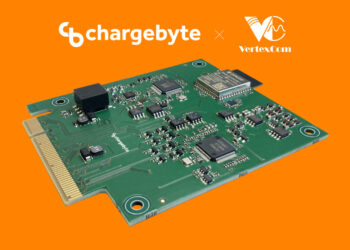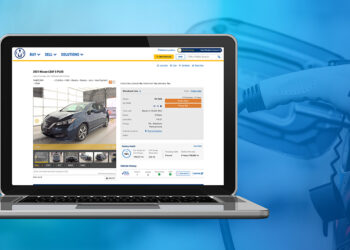Honda Motor Company yesterday announced new steps to accelerate electrification, announcing the introduction of new BEV models in key markets including North America, China, and Japan from 2024.
Honda also plans to introduce better batteries, powerful software and a totally transformed driver interface to catch up to EV industry leaders. In addition, the automaker plans to have dedicated EV factories with completely overhauled production system, and a secure supply of semiconductors.
That may take a few years to implement, but the steps appear necessary seeing as CEO Toshihiro Mibe has admitted Honda is falling behind in the global race for electric vehicles. The executive pledged the company’s global reboot will accelerate from 2025.
While delivering Honda’s annual business briefing, Mibe made a few interesting comments regarding Chinese competitors, according to Automotive News.
He said Honda executives had an unpleasant surprise at the Shanghai auto show where local brands flooded the exhibition hall with advanced EVs of all kinds while the Japanese automaker displayed three electric SUVs due to launch in China in 2024.
“They are ahead of us, even more than expected,” Mibe said. “We are thinking of ways to fight back. If not, we will lose this competition. We recognized we are slightly lagging behind, and we are determined to turn the tables.”
Honda‘s CEO said Chinese EVs had made big advances during the COVID-19 pandemic when the world was largely cut off from China by travel restrictions and quarantine measures. Mibe’s comments were echoed by Honda COO Shinji Aoyama, who said, “We were overwhelmed by the Chinese,” referring to the Shanghai auto show.
Such blunt statements admitting China’s dominance in the electric vehicle space are rare, at least from high-ranking executives of companies that directly compete with the Chinese.
Shanghai auto show visitors were able to see for themselves how far ahead Chinese automakers are when it comes to electric vehicles. There were no fewer than 100 vehicle debuts at the show, of which 70 were all-electric. The vast majority of those 100 were from Chinese carmakers.
As Automotive News previously reported, the domestic brands captured the majority of interest from media and influencers during the show’s press days, leaving the exhibition stands of global brands much emptier than those from Chinese rivals.
For example, attendance at BYD’s new Yangwang premium brand stand was so high that the automaker had to create a queuing system to view the models.










